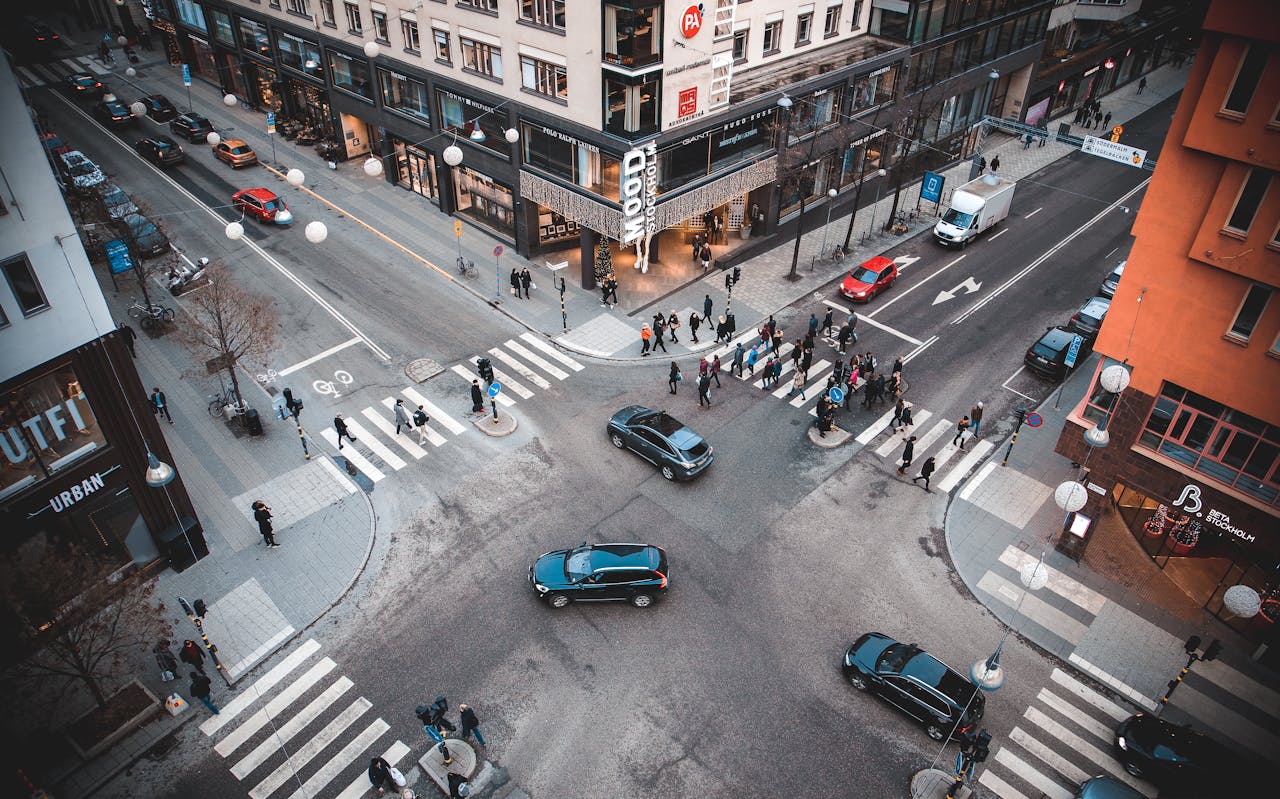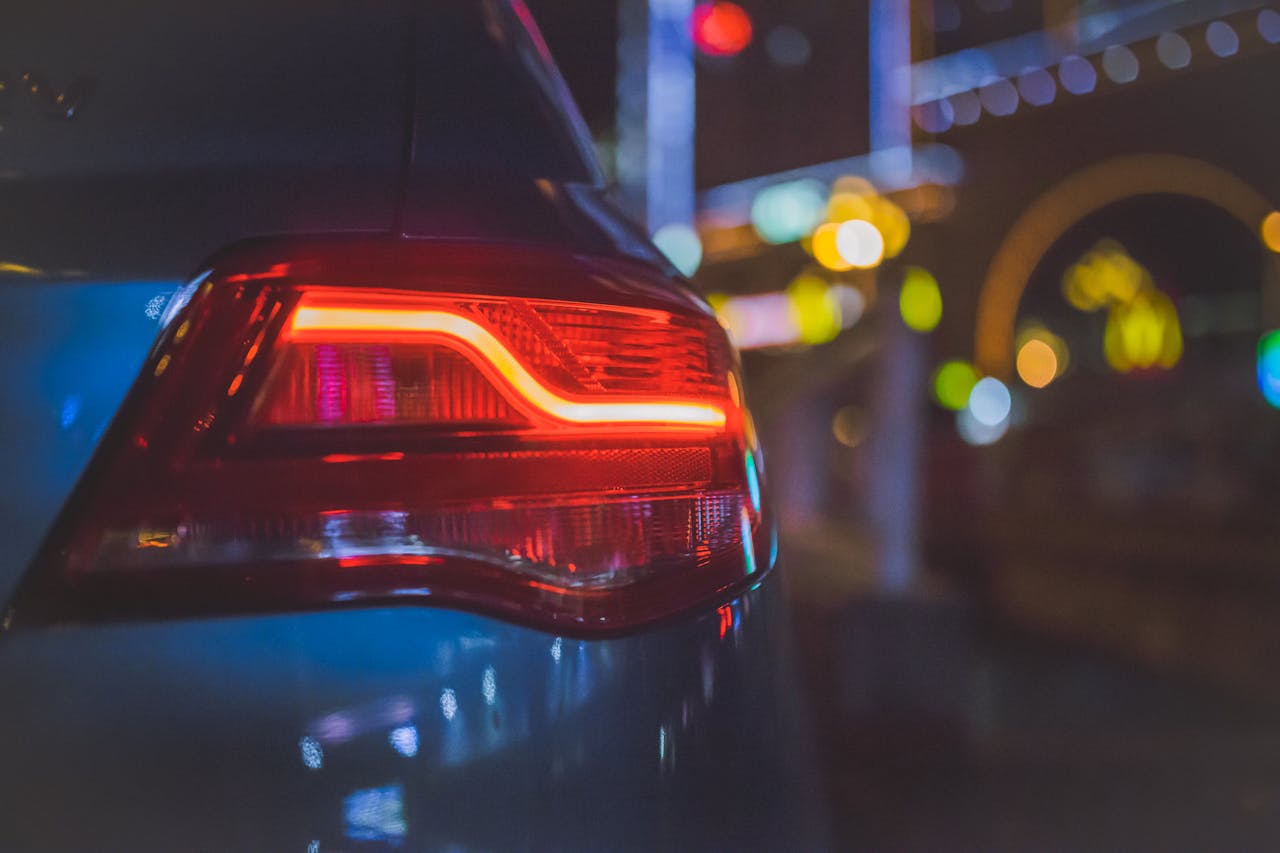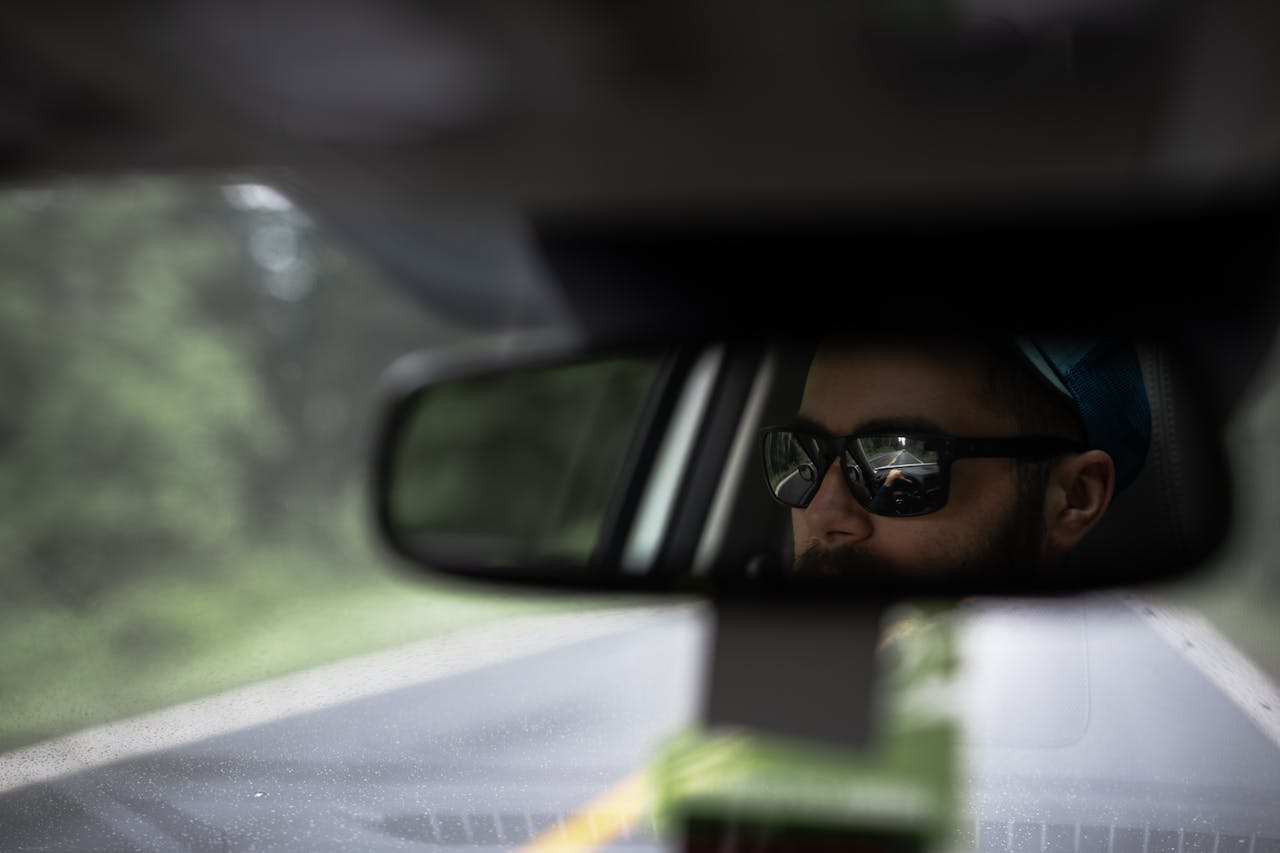Safety First
Whether you love self-driving cars or are on the fence about the technology takeover, you can’t deny the impact and growing popularity of self-driving vehicles. If everyone drove self-driving cars, perhaps the roads would be a utopia. Until then, here are 10 instances showcasing the ingenuity of artificial intelligence and reasons you might want to consider a self-driving car of your own.
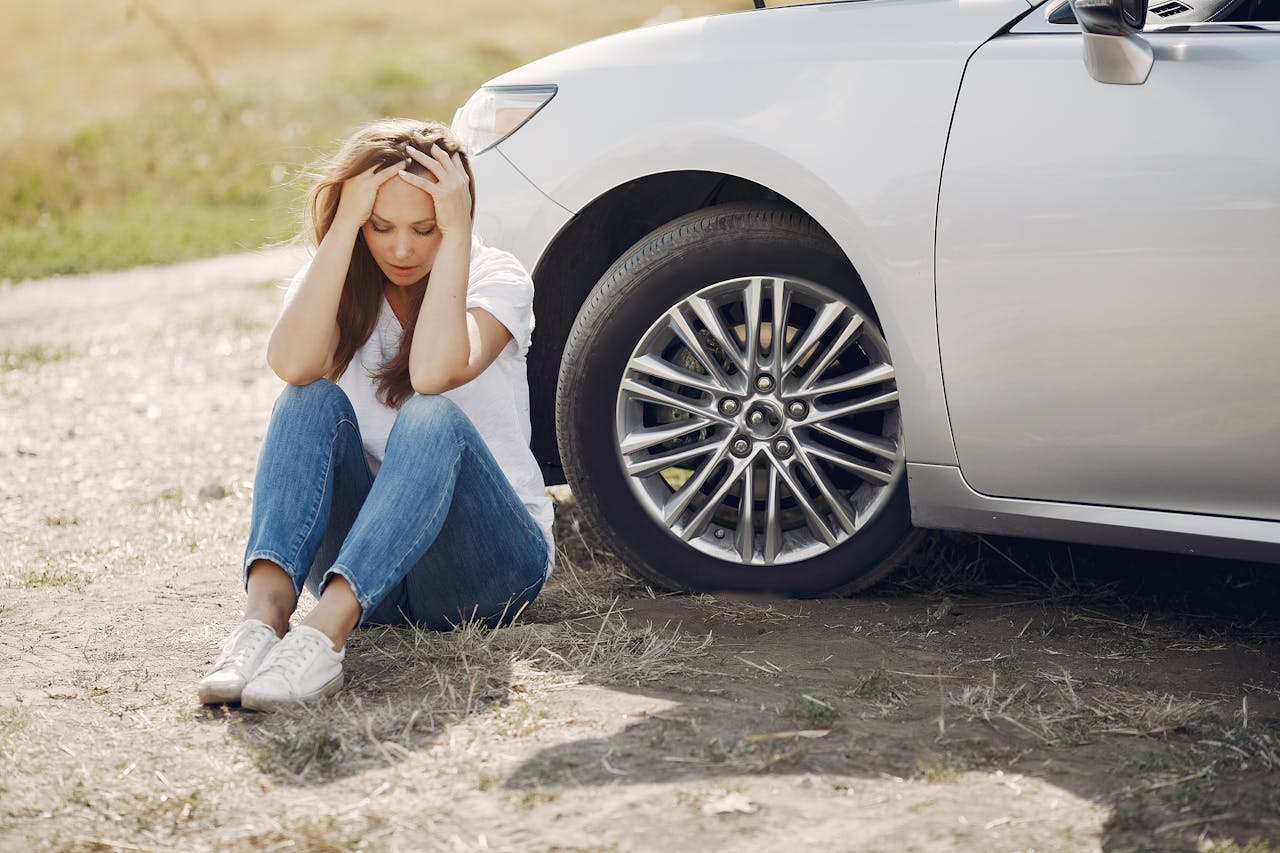 Photo by Gustavo Fring on Pexels
Photo by Gustavo Fring on Pexels
1. Feeling Woozy
On April 1, 2024, Max Paul Franklin began to feel extreme dehydration after a mishap with his insulin pump. He was barely able to ask his Tesla Model Y for help when the car sprang into action. It drove him to the hospital and parked itself with easy access to the door, essentially preventing a medical emergency.
2. Pedestrian Crossing
In October 2024, a driver in Romania was going down the road in his Tesla Model S when a pedestrian on the sidewalk tripped on a pothole and rolled onto the road. Before the man could even react, his vehicle swerved to the side. Although it hit an oncoming Audi, no lives were lost that day.
 Photo by Vinta Supply Co. | NYC on Pexels
Photo by Vinta Supply Co. | NYC on Pexels
3. Making the Call
In September 2024, an unnamed woman was driving down the road when she stopped at an intersection. Everything seemed to be going to plan when a distracted driver suddenly slammed into her side.
The force of the blow left the woman dazed and injured, but luckily, her car was equipped with automatic features that allowed it to call emergency services the moment the impact occurred.
4. Autopilot
Back in 2016, self-driving cars were a relatively new feature, but that didn’t stop them from keeping people safe. On a July night, an unnamed man was driving his Model S down a dark road, unable to spot a crossing pedestrian. However, his car suddenly came to a stop as its sensors pinged. The man was confused at first, only to realize moments later what had happened.
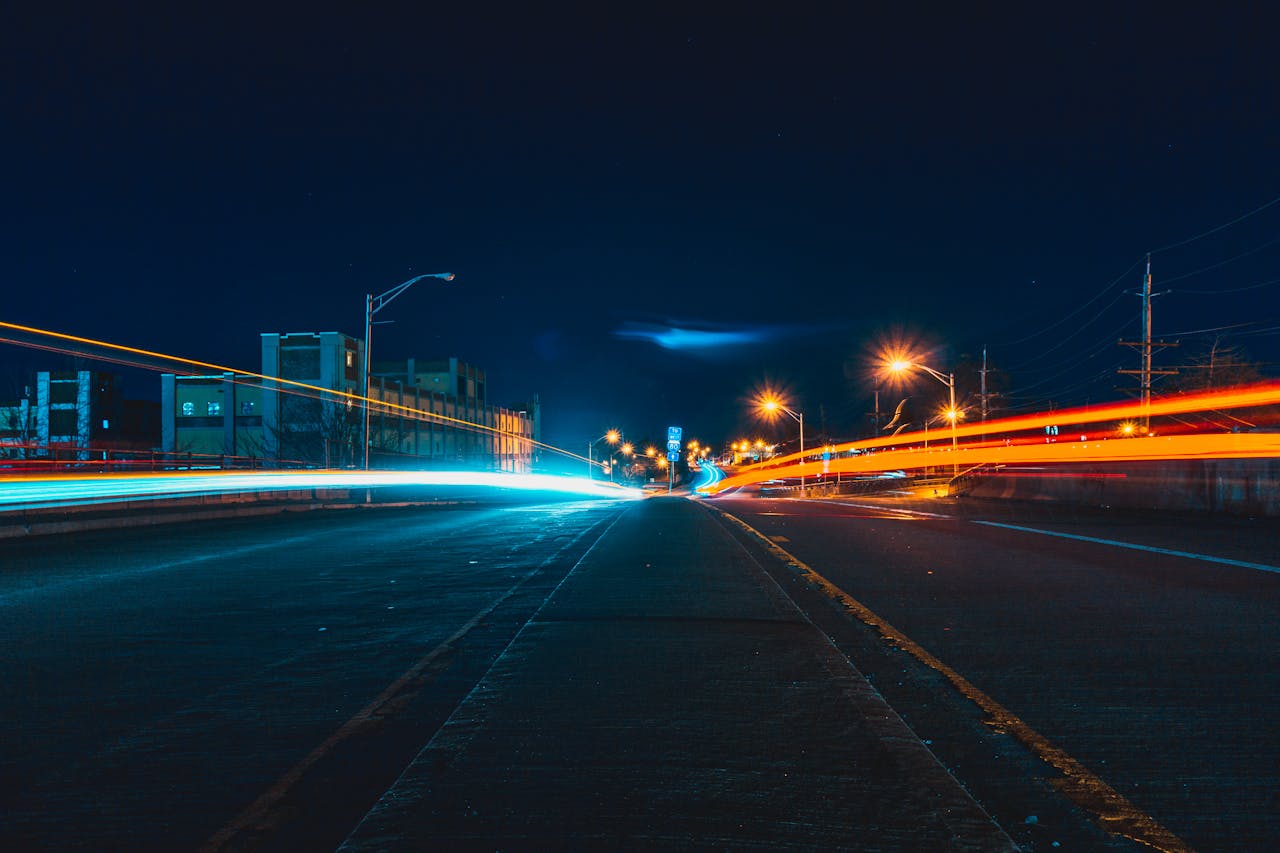 Photo by Steven Arenas on Pexels
Photo by Steven Arenas on Pexels
5. Proven Right
While riding in the rear seat of an Audi Q5 in Las Vegas, a passenger reports how the car self-drove toward his destination. When it approached an intersection, it came to a stop, audibly telling the passenger that it felt proceeding at the moment was unsafe. The passenger thought this was silly but was proven wrong seconds later when two speeding cars came barreling down the road toward them. If the Audi hadn’t instantly hit the brakes, this story could have gone much differently.
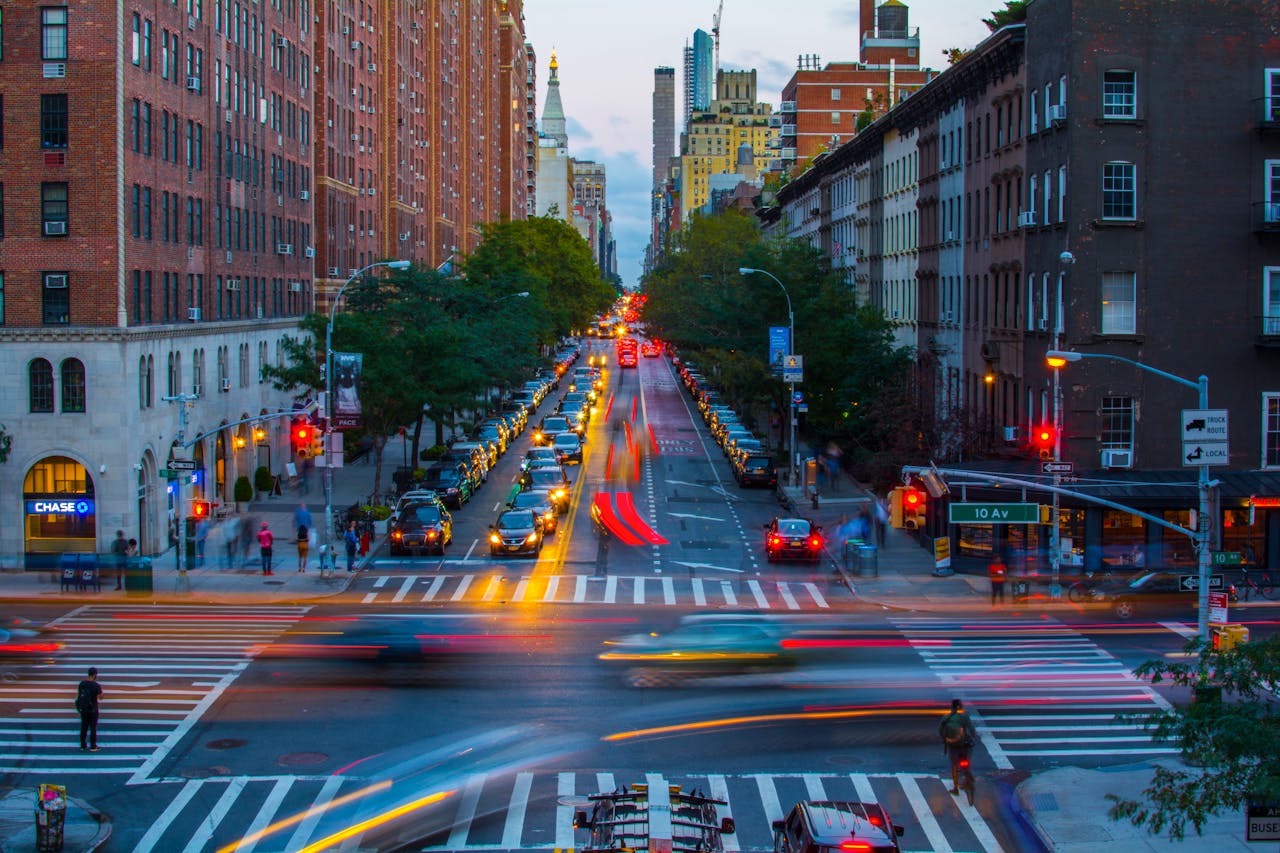 Photo by Jesús Mirón García on Pexels
Photo by Jesús Mirón García on Pexels
6. Emergency
In another incident, Joshua Neally was in his car one September day when he felt something sharp in his lungs.
As the pain ramped up, he asked the autopilot for help. The car jumped into action, driving him nearly 20 miles to the hospital, where emergency workers revealed an almost fatal blockage in his lungs.
7. When it Rains
One rainy night, a Tesla owner was driving down the freeway. From the corner of his eye, he saw another vehicle slip on the road and begin to spin. Before the driver could react, his vehicle came to a sudden stop, holding its ground and avoiding the potential crash.
 Photo by Erik Mclean on pexels
Photo by Erik Mclean on pexels
8. Slow and Steady
In 2022, another driver reported how she was driving 70 mph in her Model 3 when she was rear-ended by a Dodge Charger. The woman lurched forward, losing control of her vehicle. However, her car took control and remained steady, pulling to the side and coming to a safe stop.
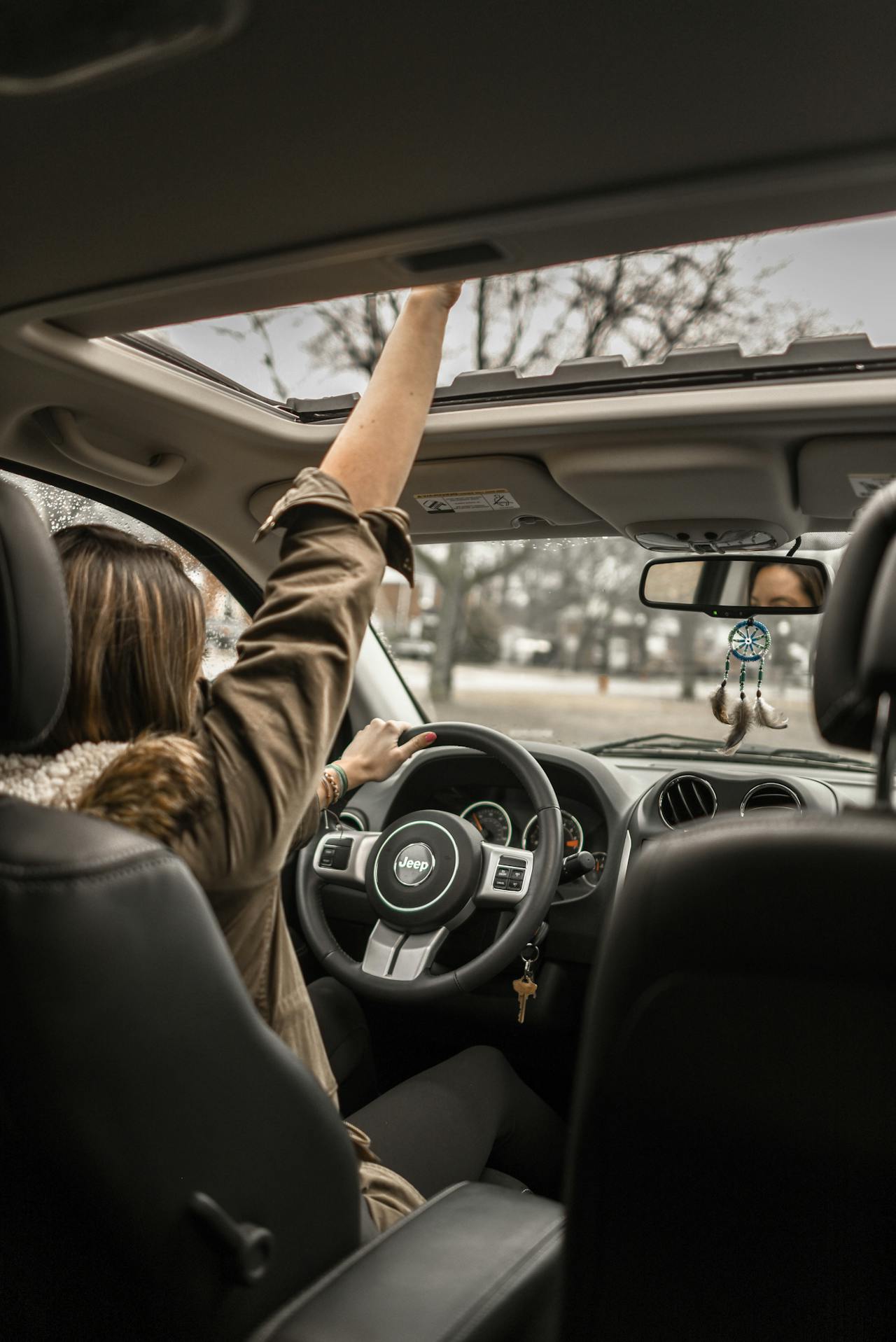 Photo by Element5 Digital on Pexels
Photo by Element5 Digital on Pexels
9. Unconscious Driver
In Norway, a Tesla saved a life when the driver chose to get behind the wheel under the influence. He quickly began to lose consciousness while on the road, which is why the autopilot took control and brought the car to a safe stop. He certainly shouldn’t have been driving, but at least the car was able to prevent more harm.
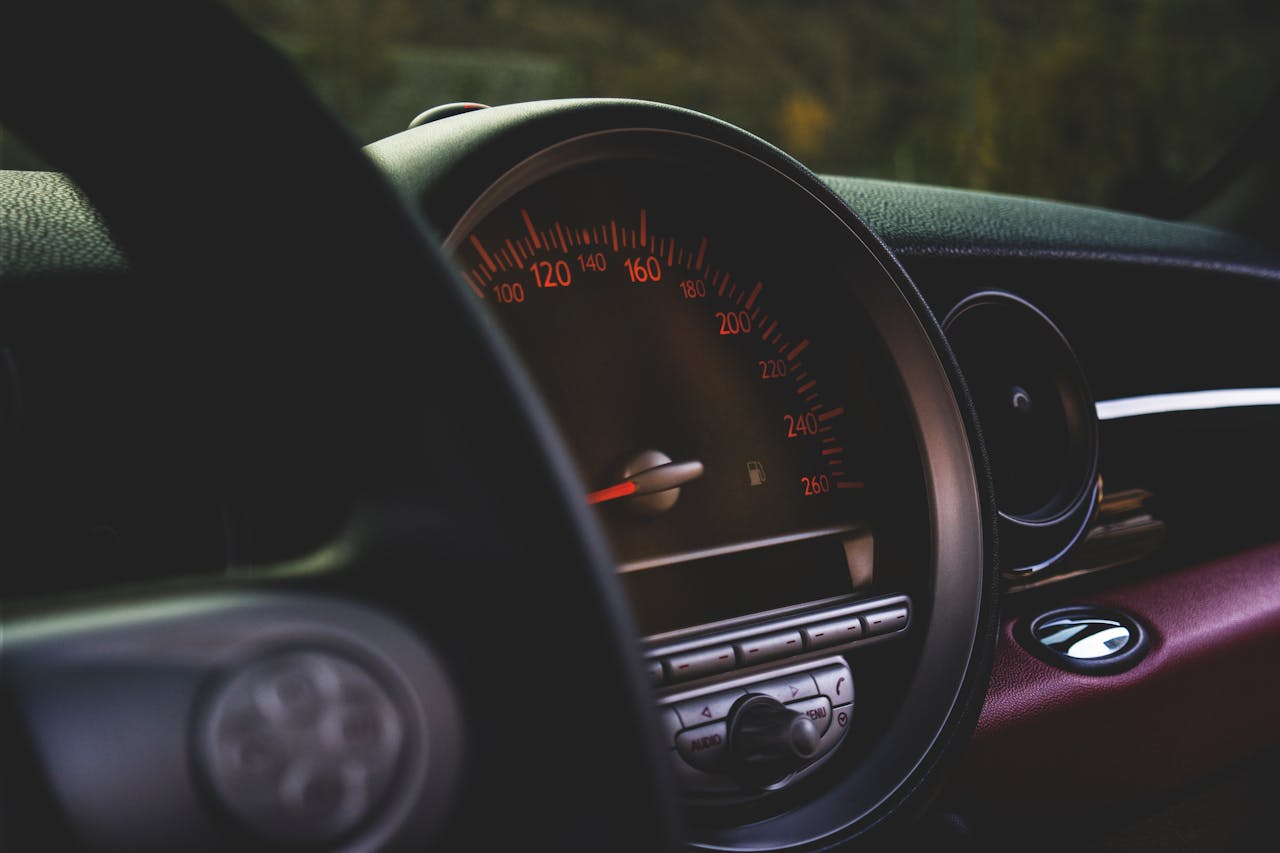 Photo by revac film's&photography on Pexels
Photo by revac film's&photography on Pexels
10. Drive-By
On a Florida highway, a woman was driving her Tesla Model 3 when another vehicle clipped the back of her vehicle.
While her self-driving features took control, the other car quickly sped down the road, stopping half a mile ahead and never bothering to check on the woman. Not only did the self-driving features save her life, but they also provided all the footage insurance companies would need.
It’s not all sunshine and rainbows, though. While there are incidents of self-driving features leading to debatable decision-making, you can’t deny the benefits. When compared to human drivers, automated cars are safer, and here are 10 reasons why.
1. Statistics Don't Lie
According to the National Highway Traffic Safety Administration, 94% of accidents are caused by human error. This means you’re likely safer with a robot behind the wheel, the most plausible danger being the actions of other humans.
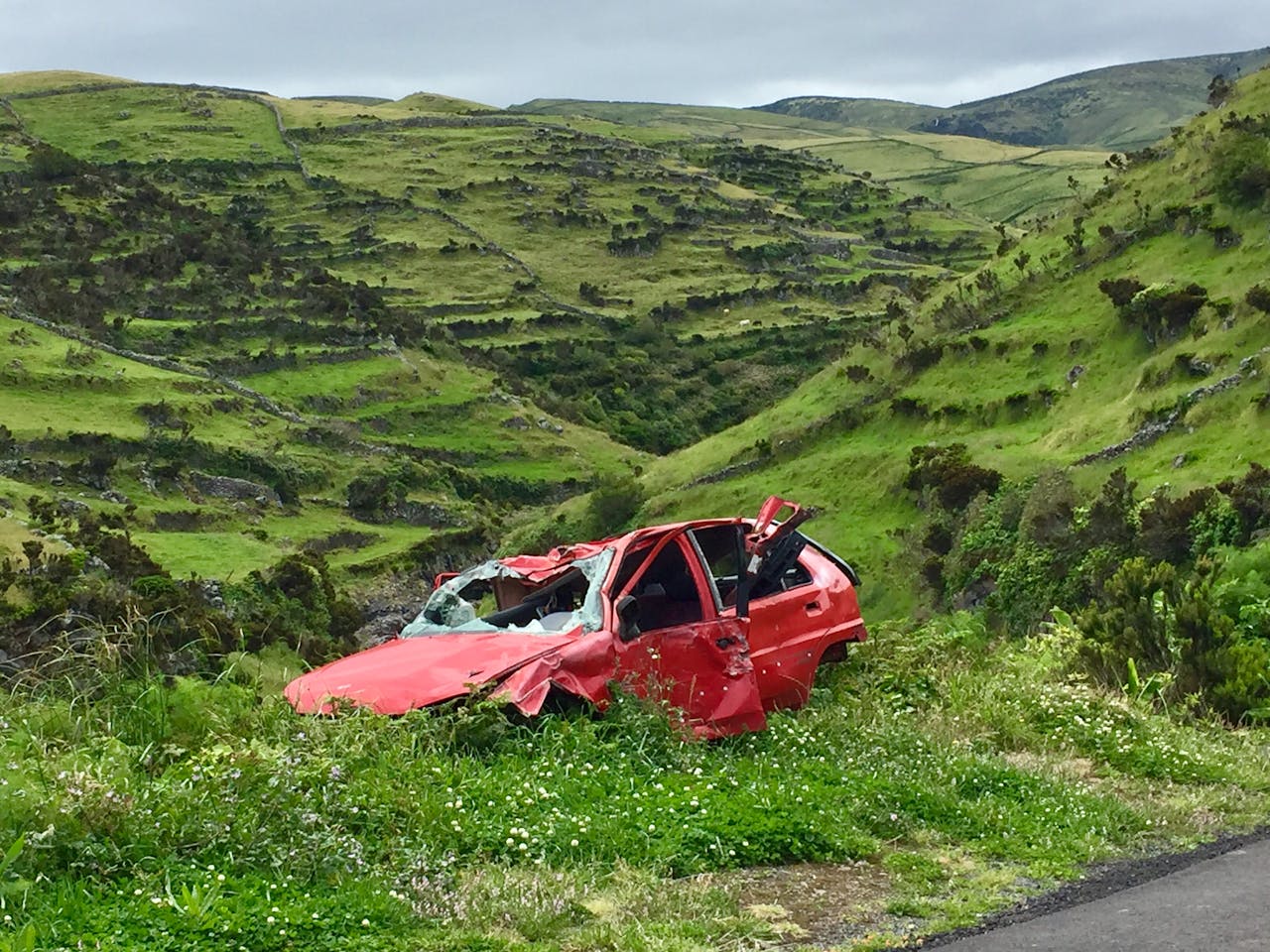 Photo by Dominika Kwiatkowska on Pexels
Photo by Dominika Kwiatkowska on Pexels
2. Reaction Time
No matter how confident you are in your abilities, a robot will always be faster than a human. Humans need time to digest information and react, while a vehicle can act in an instant to prevent an incident from occurring.
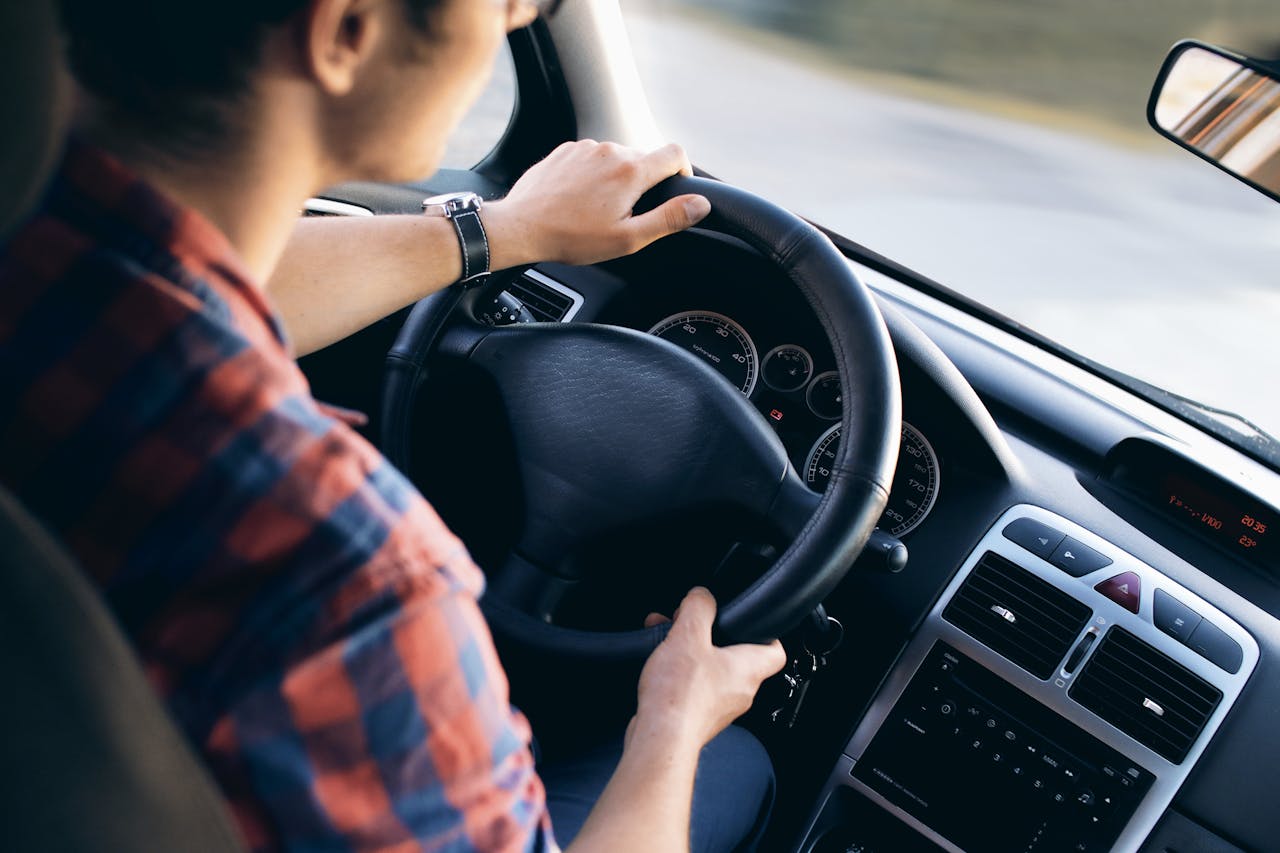 Photo by JESHOOTS.com on Pexels
Photo by JESHOOTS.com on Pexels
3. Rear Ends
It’s interesting to note that 64% of self-driving accidents occur when the autonomous vehicle is rear-ended. This shows how human drivers are responsible for the incidents. Comparatively, most human accidents are broadside, which are far more aggressive and dangerous.
4. Prevention
According to a study in the Journal of Safety Research, self-driving car technologies have the ability to prevent a third of serious vehicular crashes. While incidents do occur, it’s worth pointing out that they are far fewer due to automated advancements.
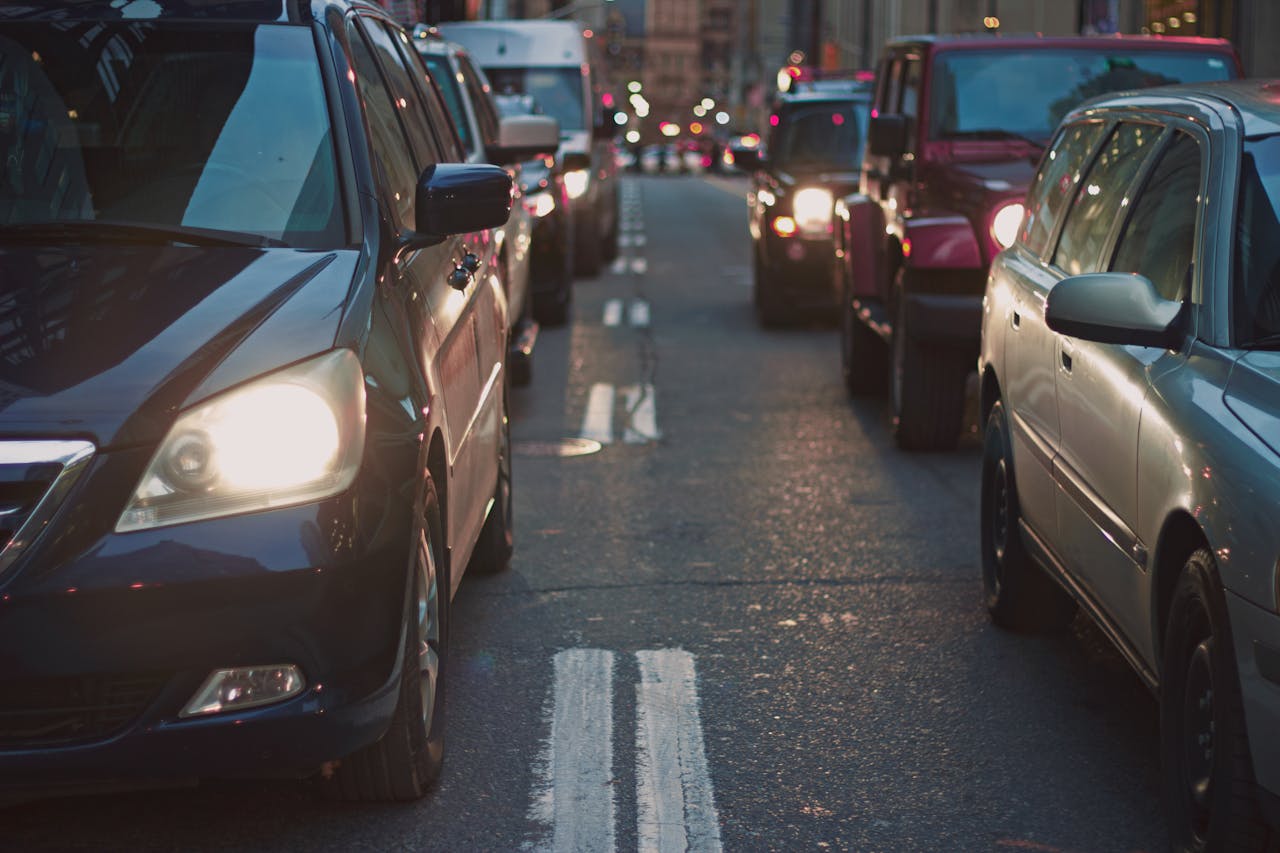 Photo by Life Of Pix on Pexels
Photo by Life Of Pix on Pexels
5. Motion Sensors
The use of multiple motion sensors ensures that automated vehicles are able to detect everything on the road. This means your car sees better than you when it’s dark or rainy, making the whole experience safer.
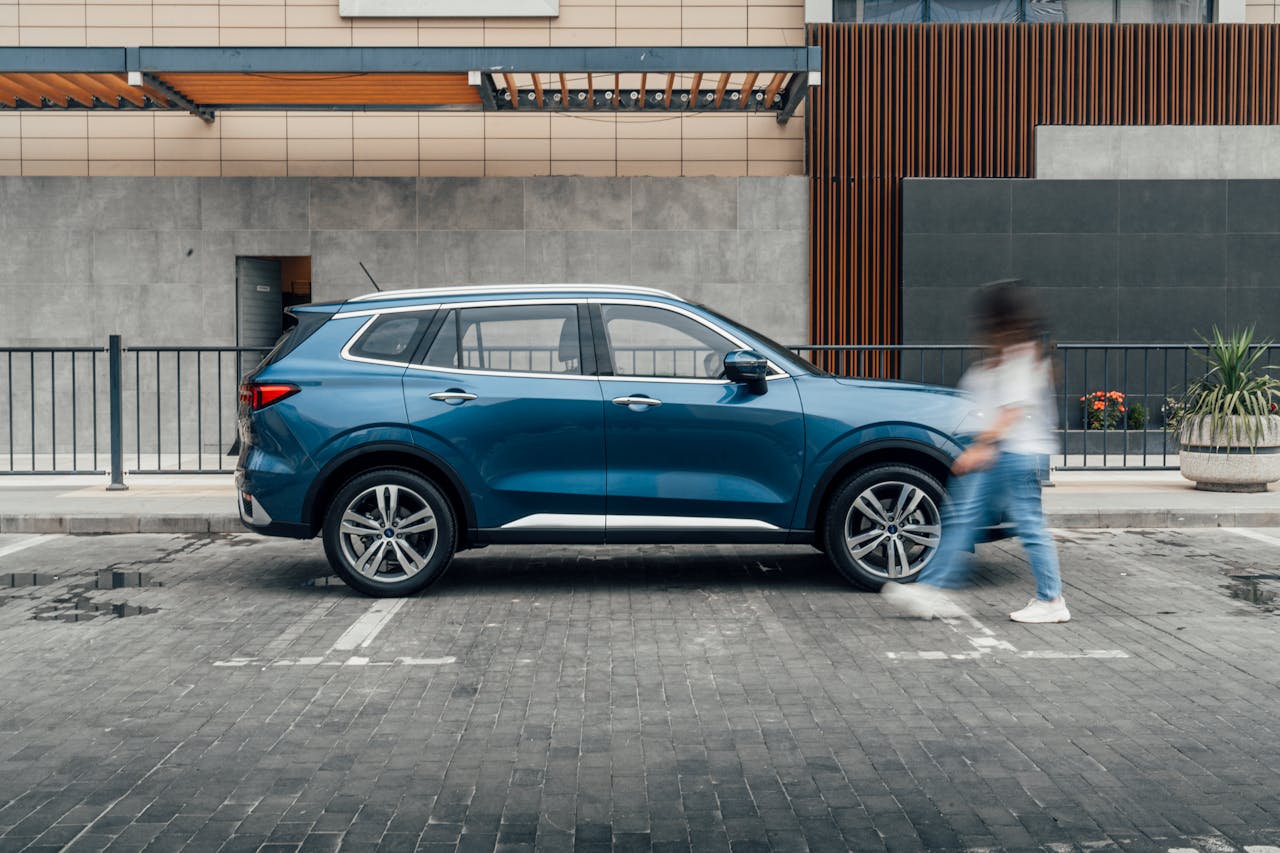 Photo by Esmihel Muhammad on Pexels
Photo by Esmihel Muhammad on Pexels
6. No Distractions
Unlike a human driver, your self-driving car will not get distracted. This could be as innocent as a phone call or as dangerous as substance use. An automated vehicle doesn’t have these vices, making it reliable in the long run.
7. Emergency Contacts
In the event of a collision, it may be difficult to call for help. Waiting on bystanders to take the initiative to contact emergency services is risky when every second counts. This is why most automated vehicles are equipped with systems that let them directly call for aid the moment impact occurs.
 Photo by Nothing Ahead on Pexels
Photo by Nothing Ahead on Pexels
8. Warning Systems
Even if you’re the one in the driver’s seat, an automated vehicle will use its sensors and systems to keep you in the loop. This includes features like lane departure warnings and forward collision warnings that keep your safety in mind.
9.Emergency Braking
You’ll be pleased to hear that automatic emergency braking is an integral part of most self-driving cars. So, whether you’re faced with a squirrel or a pedestrian, your car will be quick to stop.
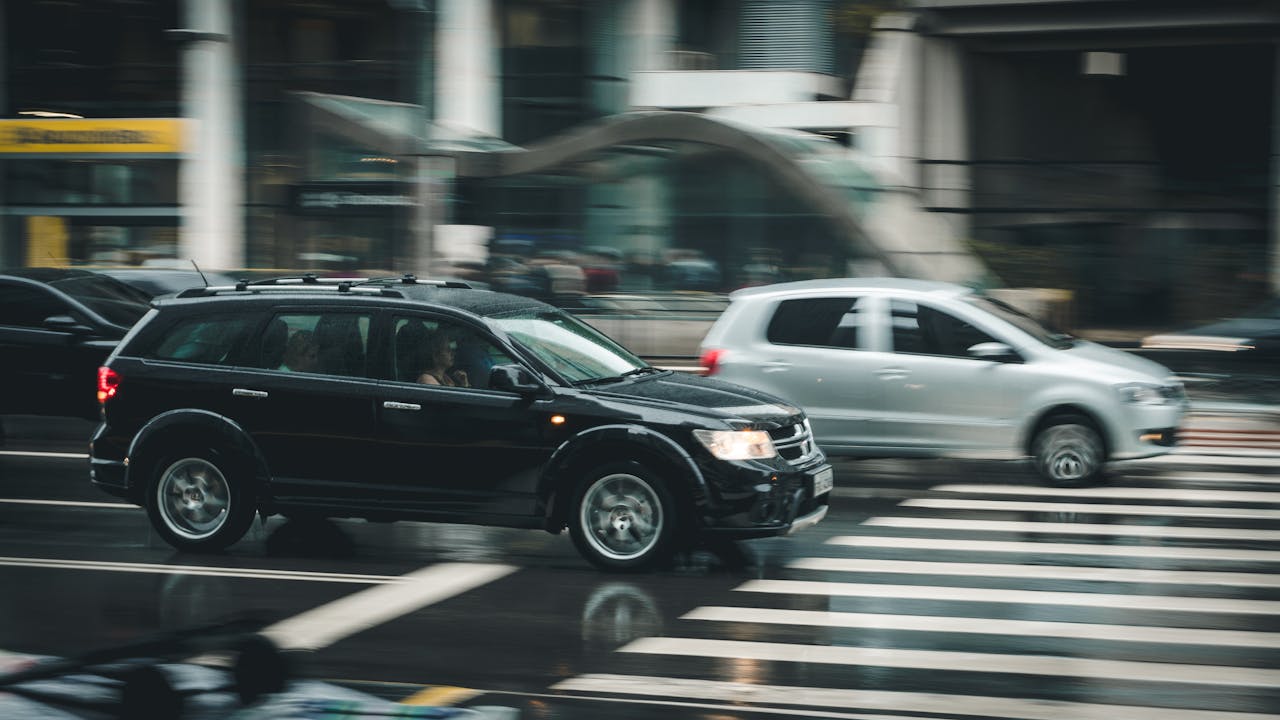 Photo by Kaique Rocha on Pexels
Photo by Kaique Rocha on Pexels
10. Trained Behaviors
Many self-driving vehicle manufacturers recruit top scientists and thinkers in transportation safety to ensure cars make the best decisions with user safety in mind. It’s basically like having an expert at the wheel, except they’re a polite robot.



